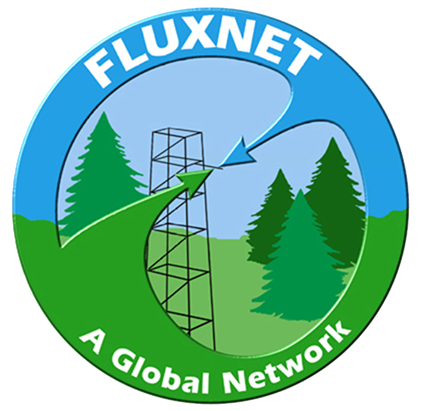AmeriFlux hosted a wonderful 3-day conference during September 20-22, 2021, providing great opportunities to brainstorm new ideas, present new research on eddy covariance fluxes, and a space to catch… More
The FLUXNET global research community is getting support from the United States’ National Science Foundation (NSF). Trevor Keenan, assistant professor at UC Berkeley, and affiliated to Lawrence Berkeley National Laboratory as a faculty scientist, will oversee the new FLUXNET Coordination Project (FLUXNET Co-op).
The year 2020 brought new challenges with connecting scientists at large conferences, and the AmeriFlux Annual Meeting was no different. Faced with restrictions on travel and safety precautions, the organizers… More
Zutao Ouyang is a postdoc at Stanford University Earth System Science Department. He currently scales up local observations of methane from rice paddies around the world under the USGS Powell… More
This year’s Ameriflux Annual Meeting began with something different. The Early Career Network (FLUXNET-ECN, previously FLUXNET-YSN) kicked off the meeting a day early with hands-on workshops. Roughly 40 participants joined… More
The fluxcourse is a summer school focusing on land-atmosphere fluxes and it takes place each summer at the University of Colorado Mountain Research Station. You can still apply for this year’s… More
We are happy to announce that Prof. Jose Fuentes of Penn State, is the 2018 recipient of the American Meteorology Award for OUTSTANDING ACHIEVEMENT IN BIOMETEOROLOGY ‘For uncovering the significance and… More
Fluxnet Workshop 2017 will be held in Berkeley, California for June 7-9, 2017. It will be in the Brower Center that can hold about 150 people. The web site for registration is now… More
The 2016 list of Highly Cited Scientists was posted in November. The 2016 list focuses on contemporary research achievement: only Highly Cited Papers in science and social sciences journals indexed… More
THE AWARD FOR OUTSTANDING ACHIEVEMENT IN BIOMETEOROLOGY Marc Aubinet For significant contributions, in research and education, to applying the eddy-covariance method to atmosphere-biosphere interactions and to the problem of advection
